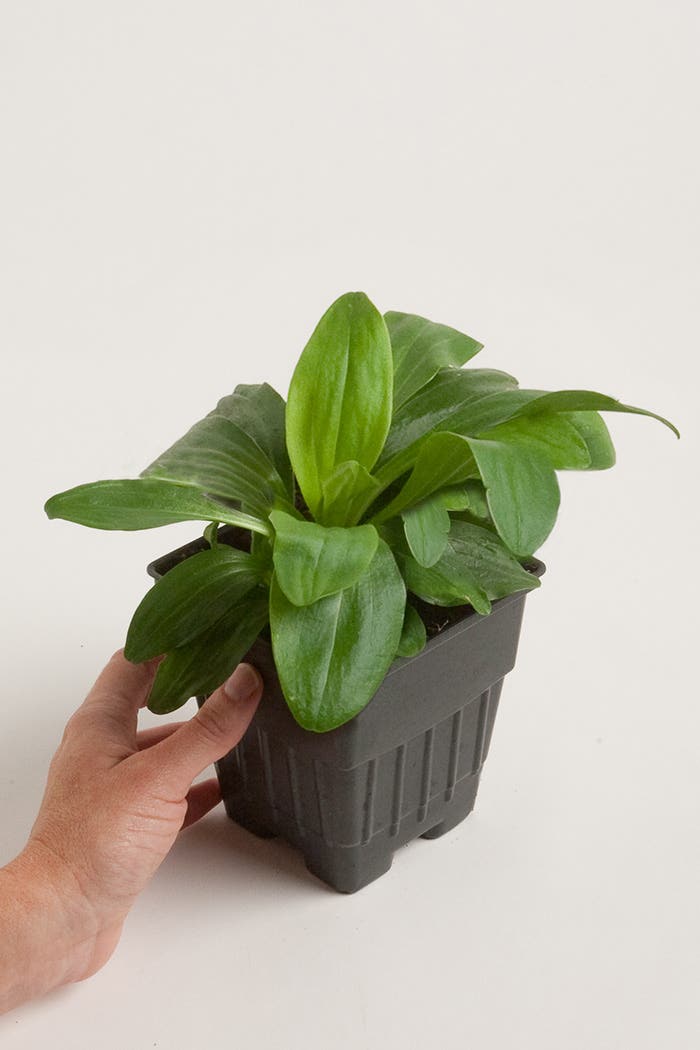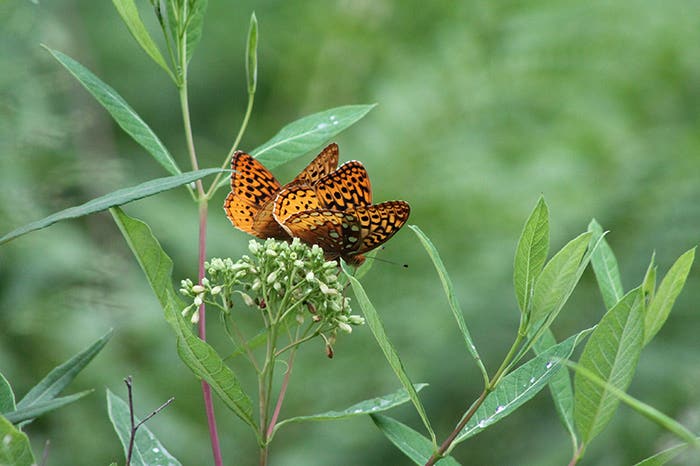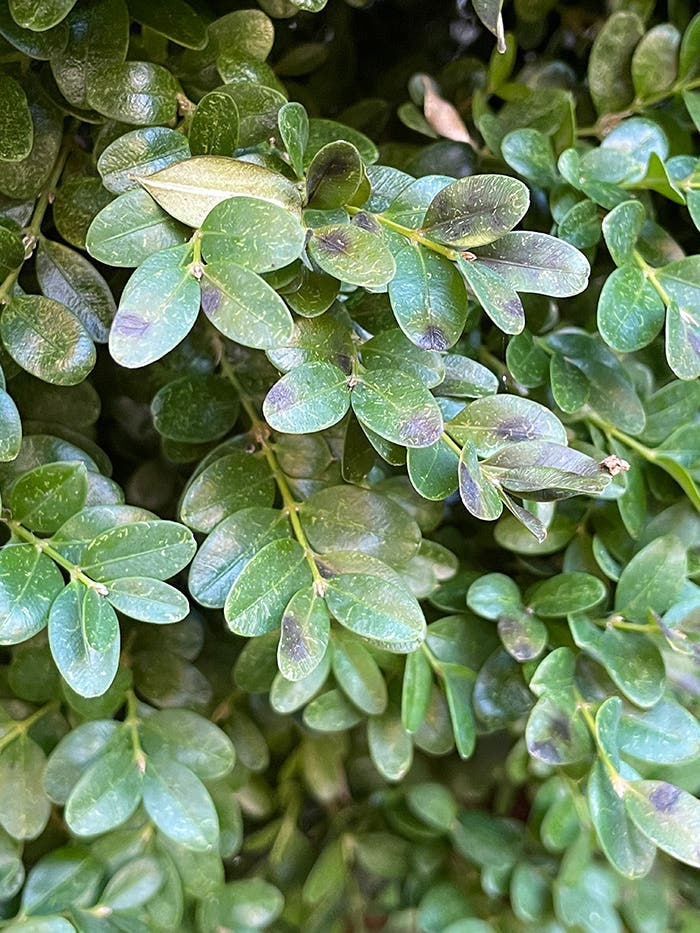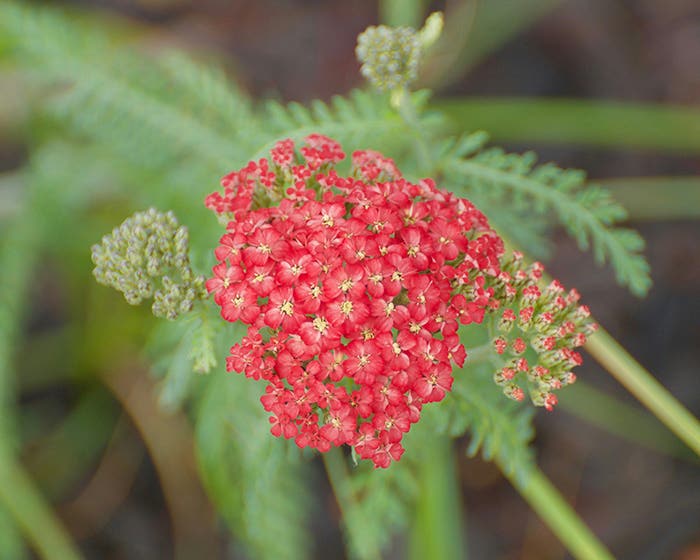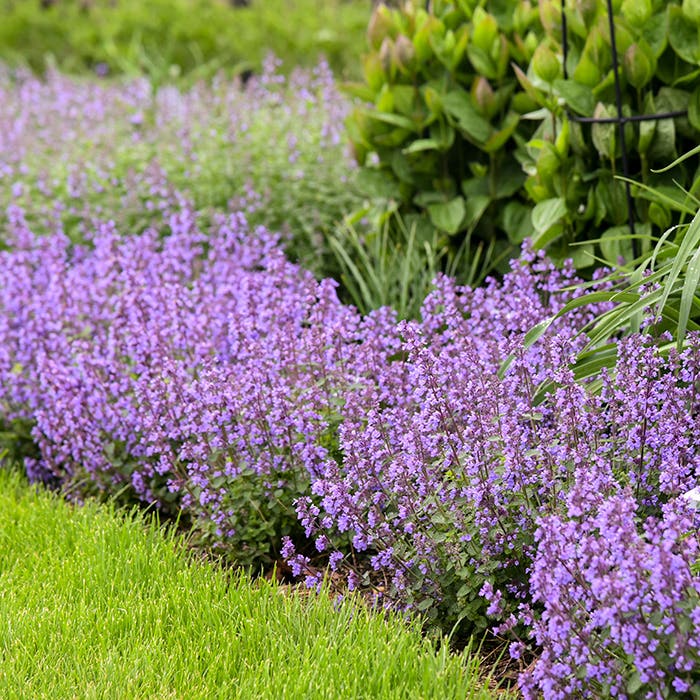Fallen Leaves and Their Uses in the Garden
Lots of leaves to rake? You’re a lucky gardener!
As an Amazon affiliate, we earn from qualifying purchases made through affiliate links.
I have come to look at fallen leaves as a gift from Mother Nature. My neighbors to the north and west smile as September and October winds transport their pretty, lightweight, nutrient-packed foliage into knee-high drifts in my yard. They think I'm unlucky, but I've learned to think, “Keep ‘em coming!”
Out of necessity I constructed a philosophy and action plan to get me past this annual windfall. Short of repurposing snow fences and alienating those who lack a knowledge of leaf etiquette, what else could I do? And over time I learned that this is not just my wishful thinking, but indeed a fact: Leaves are a garden resource. They’re a kind of slow-release fertilizer that can be used as mulch with just a little processing, or transformed into a great amendment for even the poorest of soils.
Leaves on the Lawn
Before talking about how to use fallen leaves, I should make the case for a continuous leaf cleanup plan, particularly where a heavy concentration of leaves may develop on a lawn.
Leaving leaves in place for even short periods of time will weaken a lawn by depriving it of light. It may at first yellow the blades; in a few more days it may allow various harmful molds to take hold in the turf if some moisture is present. Where layers of overlapping wide leaves are left for longer periods of time, a barrier to any moisture reaching the ground may form with disastrous results. With a little bad luck in some locales, the leaf barrier can become frozen to the ground, so you cannot remove it even if you want to. At spring cleanup you could find nothing but bare soil where once existed a vigorous lawn.
A light leaf layer can be simply mowed or mower mulched and left in place. There comes a point, though, when there are too many leaves to simply mow or mower mulch, particularly as temperatures drop and the breakdown of mulched material slows. Then it is time to collect the fallen leaves in a mower bag or rake or blow them into piles and store them for use. What is essential—painful though it may be for gardeners who have a leaf drop spread over a month or more—is to get the leaves off the lawn continuously, so that it is not deprived of light and air for long. We would all like to do a one-day big fall cleanup, but often that is not the best course of action.
Leaves as Mulch
So what do you do with all this recovered organic matter? Pine needles (or pine straw, in the South) can be used immediately as an attractive mulch. Broad leaves can be run through a leaf shredder, which will be reduce them to a tenth of their original volume. (No leaf shredder? Try putting the leaves in a large trash barrel and then using a string trimmer on them, a bit like a handheld kitchen mixer.) Mix the shredded leaves with fresh grass clippings to serve as a binder. Spread this material around trees and shrubs and over perennial beds, water it in and you will have a wind resistant, protective, nourishing and reasonably good-looking soil cover.
Leaves Build Soil
The spot where my vegetable garden grows was filled with material dredged from the saltwater bottom during the 1960s. Occasionally I dig into a spot and find eroded, broken seashells to remind me of this fact. But for the most part this 40-by-40-foot area now contains a rich soil that has produced some great crops over the years.
Here’s what I did to get it that way, and you can do it too if you have enough space:
1. Dig a trench about a foot deep, two feet wide and long enough to accommodate a four-inch depth of fallen leaves. Set the soil aside.
2. As you collect your leaves, lay them in the trench. If grass clippings are mixed in with them, you are set for the next step. If not, cover leaves with an inch of previously saved grass clippings; they are rich in the nitrogen needed to break down the carbon-heavy leaves. If you have no clippings you can sprinkle some leftover high-nitrogen fertilizer (like 30–0–4) over the leaves. Make sure it is only fertilizer, though!
3. Next, cover everything with some of the dug soil—this is a future pathway for worms that devour organic matter. Water it all in generously and repeat these steps as you continue to collect leaves through the fall.
You may want to use a pitchfork to punch holes into this trench when it is workable, to admit oxygen and water into the nether regions of your leaf terminator.
You will find by late spring that the trench is filled with worms and worm castings and that most of the leaves are broken down. You can plant right on top of this fertile ground. A side benefit: because leaf decomposition is an exothermic process, this bed may have a warmer soil temperature, leading to faster seed germination and growth.
Related recommended reading:
Using leaves and other raw materials, you can make your own organic fertilizers, potting mixes and much more to improve the health of your soil and plants, with the book Garden Alchemy by Stephanie Rose.
Learn all about soil and simple, low-input ways to improve it—and thereby improve your garden—with the book Grow Your Soil! by Diane Miessler.
Dive into the rhizosphere, where plant roots reside, with Robert Pavlis's Soil Science for Gardeners, a guide to understanding soil structure and fertility and making the most of your garden's soil to the betterment of your plants.


